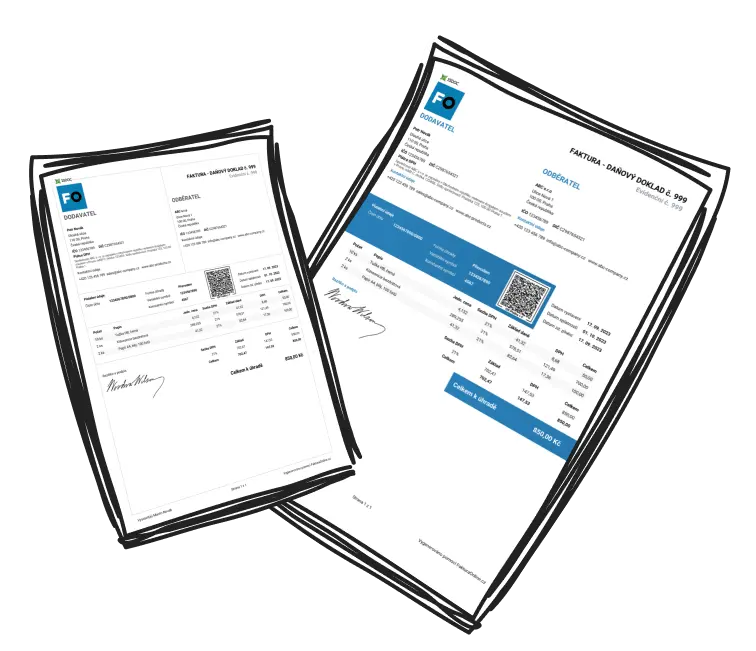Determining how much office space is needed requires balancing practicality and future scalability. Small businesses need anywhere from 125 to 225 square feet per person, accounting for individual workstations, shared areas, and support spaces. For example, a growing company with 10 employees may lease 2,000 square feet to accommodate team expansion in the next year. Overestimating space leads to wasted resources, while underestimating can cause overcrowding and reduced productivity. The sweet spot maximizes efficiency, collaboration, and cost-effectiveness for your business.
What Factors Determine How Much Office Space I Need?
Several factors determine how much office space you require:
Team Size and Space Per Person: The number of employees and the work environment style (cubicles, private offices, or open desks) directly influence the amount of space needed.
Type of Work Performed: Collaborative work may favor open layouts with shared areas, while independent or privacy-focused tasks require more individual space.
Desired Amenities: Meeting rooms, break areas, storage, and IT setups all add to total space needs.
Work Culture and Expansion Needs: A forward-thinking culture may prioritize flexibility to accommodate growth over time.

Tip
When in doubt, always leave room for future scalability. A flexible workspace can save costs and accommodate team size changes.
How Do I Calculate the Amount of Office Space I Need?
Follow these steps to calculate your office space:
Start with Workspace Per Person: Allocate 70–100 sq. ft. per employee for standard desks or 150–300 sq. ft. for executive offices.
Add Shared Areas: Include sizes for break rooms (80–100 sq. ft.), conference rooms (50 sq. ft. per person seated), and reception space (100–150 sq. ft.).
Account for Unique Requirements: Factor in specialized rooms like storage, mailrooms, or server areas.
Include Space for Collaboration: Dedicate 10–20% extra for lounge or meeting spaces if team collaboration is frequent.
Add a Buffer: Reserve an additional 10–15% for flexibility and future growth.
Apply a Formula: For example, with 12 employees, a 20% shared space ratio, and a 10% buffer:
(12 x 100 sq. ft.) + (20% shared space) + (10% buffer) = ~1,500 sq. ft.
Quick formula: Number of employees x space per person + additional shared area = total square footage needed.
What Is the Ideal Office Space Per Person?
Understanding how much office space per person is optimal largely depends on the business type, work model, and prevailing industry standards. For traditional offices, a typical range is 150 to 250 square feet per employee. However, creative industries relying on collaboration may shrink this to 70–100 square feet per person in open layouts, while specialized industries may require over 200 square feet for technical or equipment-heavy roles.
The U.S. average for office space is 150 sq. ft. per person.

Urban areas often lean toward compact setups, while suburban locations may allow more spacious layouts at lower costs.
How Does the Type of Work Influence How Much Office Space I Need?
Your type of work is a key factor in office design. Collaborative jobs, like marketing, thrive with open spaces and breakout areas for brainstorming. Meanwhile, independent roles, such as financial analysts or legal researchers, benefit from private offices or cubicles for focused work. Hybrid work models balance both needs, allocating shared and private areas.

Example
A law firm may require private offices for confidentiality, while a creative agency might prioritize open-concept shared workspaces.
Conclusion: Striking the Balance Between Space and Productivity
Choosing how much office space is necessary is vital for encouraging productivity and facilitating growth while maintaining cost control. Reassess your space needs periodically and prioritize flexibility to adapt to future changes. By striking the balance, you ensure your office space aligns with your team’s needs and your business’s goals.


